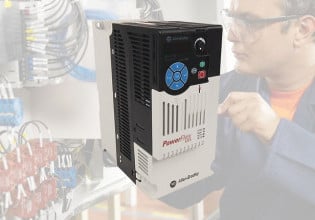Hi everyone,
At our plant we have 3 Nos Frame 9e GTs connected to their respective 3Nos HRSGs feeding one ST.
I've query regarding logic of GT trip with HRSG DD closed.
At our plant, logic is that GT trips the moment HRSG trips . i want to know what's the standard procedure applied elsewhere, will GT trip if any HRSG protection operates(Drum Level HH,LL etc)
Secondly will GT continue running run on open cycle if DD shuts down 100% on Normal HRSG shutdown or Emergency trip ?
I''ve read somewhere that GT continue on open cycle if HRSG taken normal shutdown and DD closes 100%, and if there is an emergency shutdown then there is a timer set of 40-50 sec within which DD should shutdown if not then HRSG fault will travel towards GT causing GT to
At our plant we have 3 Nos Frame 9e GTs connected to their respective 3Nos HRSGs feeding one ST.
I've query regarding logic of GT trip with HRSG DD closed.
At our plant, logic is that GT trips the moment HRSG trips . i want to know what's the standard procedure applied elsewhere, will GT trip if any HRSG protection operates(Drum Level HH,LL etc)
Secondly will GT continue running run on open cycle if DD shuts down 100% on Normal HRSG shutdown or Emergency trip ?
I''ve read somewhere that GT continue on open cycle if HRSG taken normal shutdown and DD closes 100%, and if there is an emergency shutdown then there is a timer set of 40-50 sec within which DD should shutdown if not then HRSG fault will travel towards GT causing GT to






